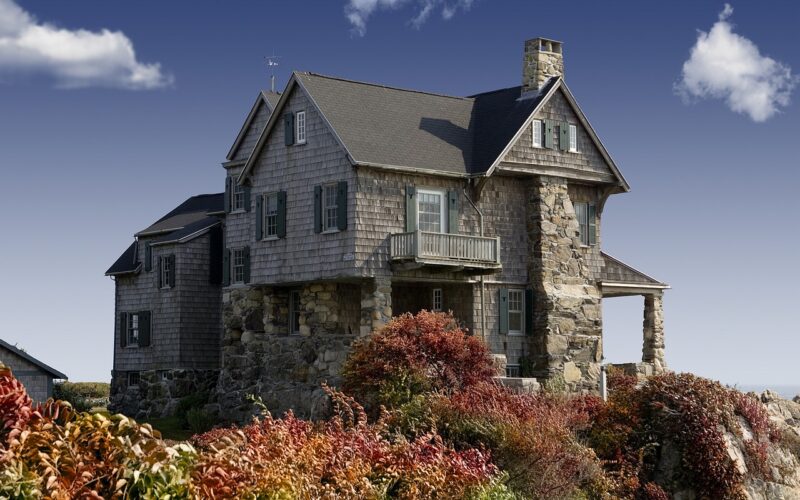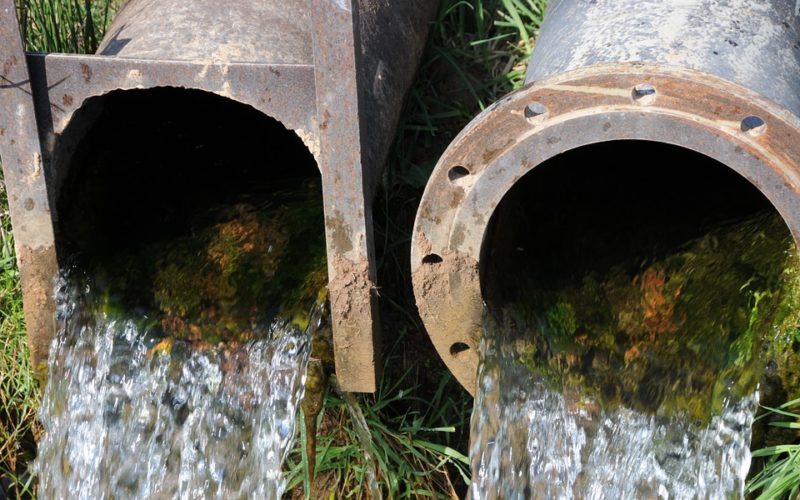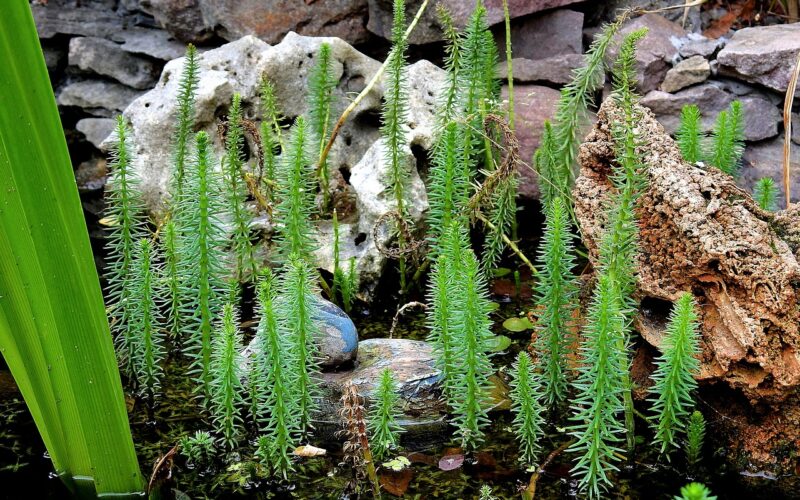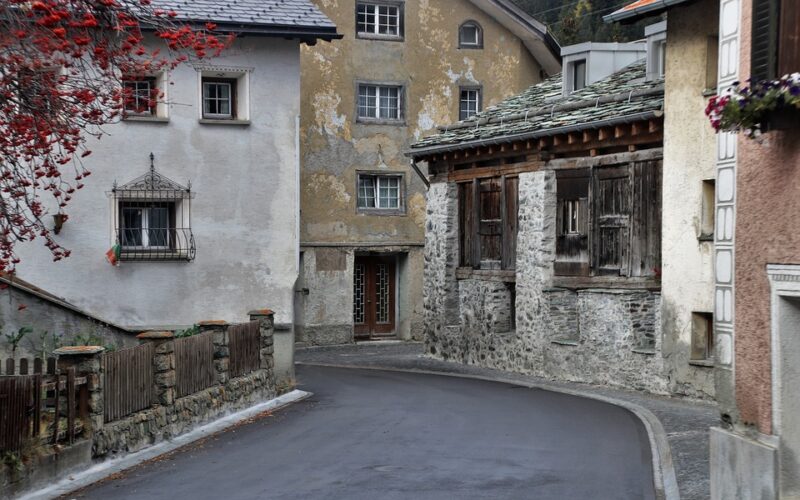Building a rock home is not only achievable but incredibly rewarding too. From the stones themselves to the framework and insulation involved, this kind of project offers loads of opportunities to get creative and make something truly unique.
Understand the basics of building with rocks
Building with rocks is a timeless and sustainable method that has been used for centuries. However, understanding the basics can seem daunting at first. Different types of rocks have varied strengths and uses, which can affect the type of structure you create. Knowing where to find these rocks is also essential, as local quarries and natural rock formations can provide a range of material to choose from. Additionally, learning how to shape the rocks correctly through chiselling, drilling, and sanding is an art that takes time and practice. But with the right techniques and knowledge, building with rocks can create structures that are not only functional but also beautiful.
Assess the local climate and landscape
Designing a structure that can withstand the test of time is a complex undertaking, requiring careful analysis of the local climate and landscape. To achieve this, it is important to consider factors such as wind, rain, and temperature. By assessing these elements, designers can create a structure that will not only withstand the harsh weather patterns of the area but also continue to look elegant and striking for years to come. In practical terms, this means selecting materials that can cope with extreme weather conditions and ensuring that the design is sturdy enough to remain resilient even during the most severe of storms. Ultimately, by focusing on these key factors, designers can create structures that are not only visually impressive but also practical and durable, no matter what mother nature has in store.
Select the right type of rock for your project
Finding the right type of rock for your project can feel overwhelming with so many options available. Whether you're building a retaining wall, creating a garden path, or accentuating a water feature, each rock type brings a unique look and feel to your project. Fieldstone offers a charming and natural vibe, emphasising the beauty of the outdoors. River rock provides a peaceful, beach-like atmosphere while lava rock introduces a bold and spicy appearance. Each option has its own set of benefits and challenges, so take the time to weigh them before making your final decision.
Gather the materials needed for construction
In the world of construction, having the right tools is essential. Whether you're working on a small DIY project or a large-scale construction site, the right tools make all the difference. Chisels, trowels, hammers, and saws are just a few examples of the materials you'll need to get the job done. Each tool is designed with a specific purpose in mind, from shaping materials to cutting through tough surfaces. As you gather your tools and prepare for your project, take the time to ensure you have all the materials you need to succeed.
Don't forget about waterproofing
Waterproofing is a crucial step in keeping your home protected from the elements. If you're lucky enough to have a home with natural rock features, sealing cracks between rocks with masonry sealer or hydraulic cement is essential. Not only will it prevent water from seeping through and causing damage, but it will also ensure that your beautiful rock features stay looking their best for years to come.























